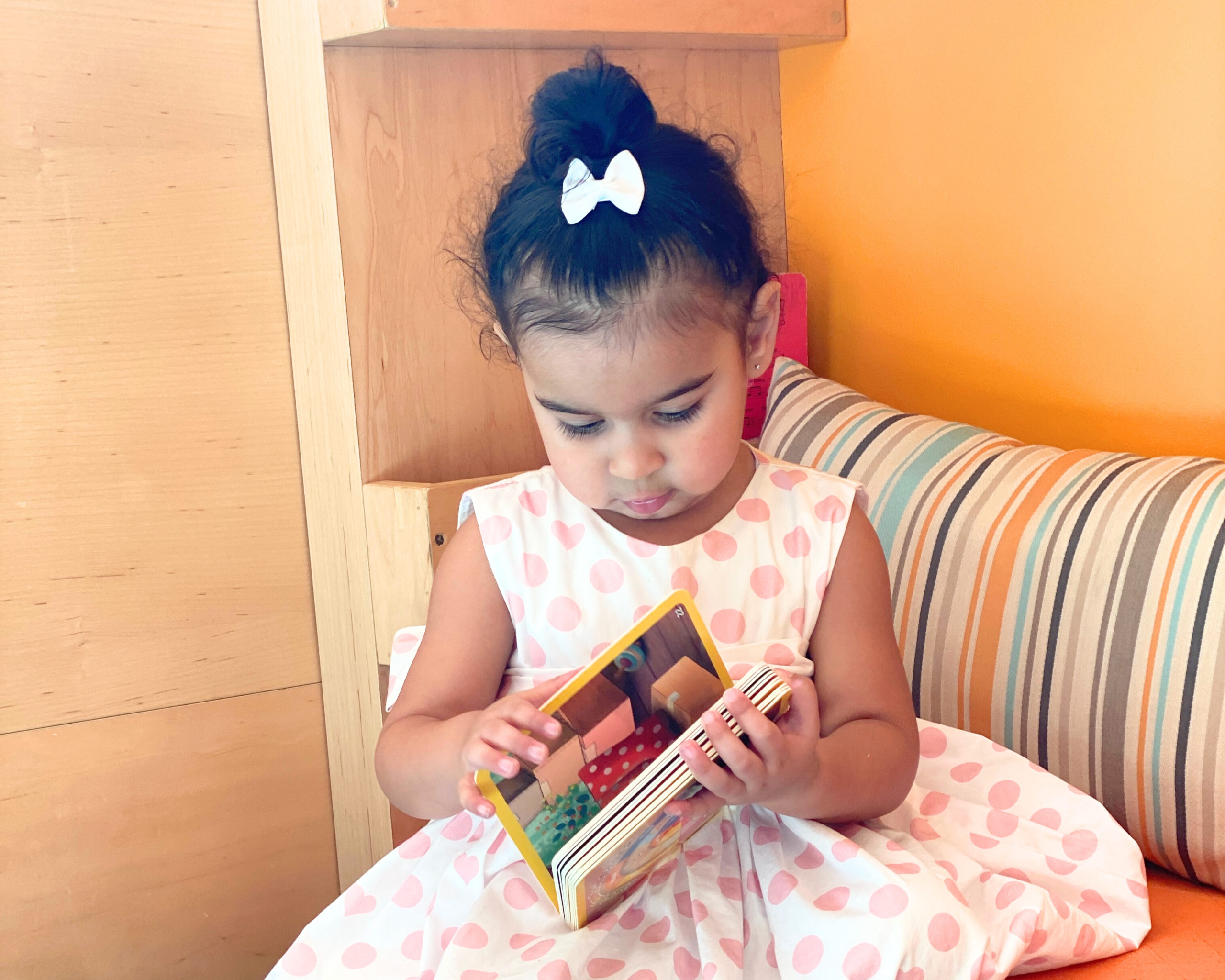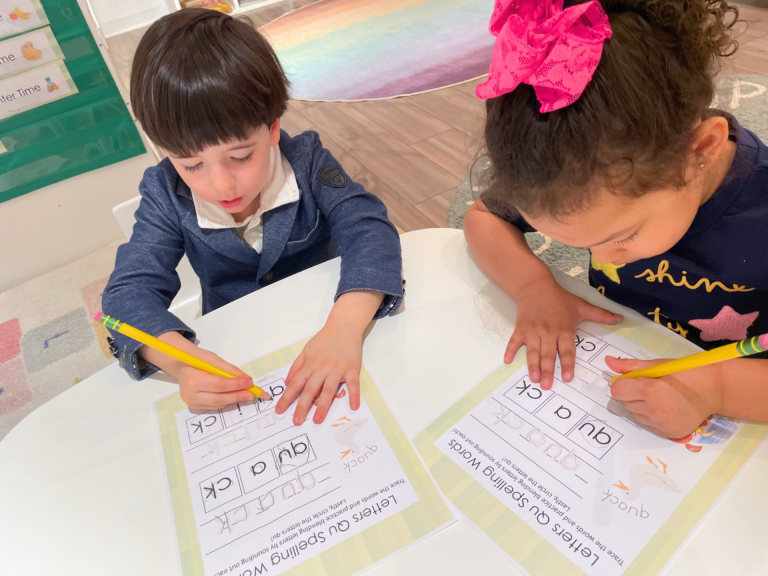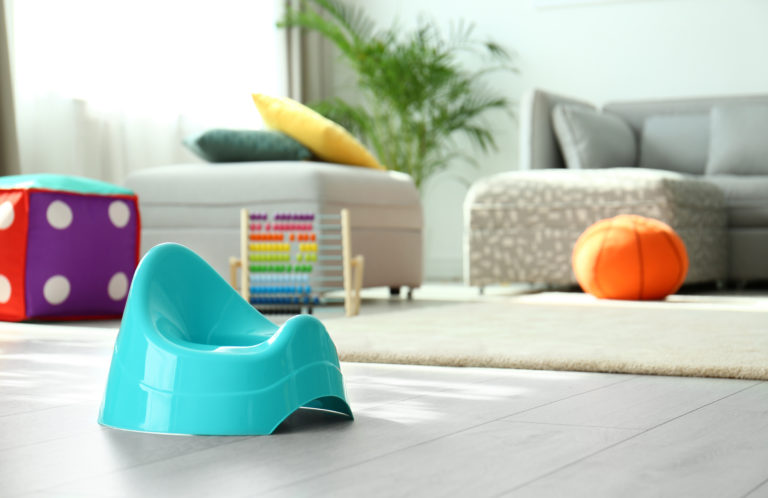Introducing Quiet Time to Your Little One

Everyone appreciates a bit of time alone: time to rest our minds and bodies while doing a quiet activity like listening to music, reading a book, doing a puzzle, etc. When your little one starts to phase out of needing naps — typically around age 3 — that same time can be utilized as “quiet time.” This can be anywhere from 15-20 minutes up to 2 hours as they get older and get more accustomed to this time in their daily routine. Quiet time is essentially time for your little one to calm their minds and bodies while enjoying a quiet preschool activity that they can do independently, such as building with blocks, coloring, reading, and the like. Not only does this time help make a healthy transition out of naptime, it also can help with practicing self-regulation, exercising creativity, and keeping your little one busy while you take some much needed quiet time for yourself!
Here are some tips for introducing your little one to Quiet Time:
Quiet Time and Naptime
Introducing your little one to quiet time can happen before they start to phase out of napping. Doing quiet work together before their nap or after as they ease back into the day is another way to let them get used to quiet time. You may reach a point where they nap some days but not every day; that may be a good time to try quiet time preschool activities in place of the nap. But it has been said that as long as your child wants to nap, let them nap.
Quiet Activities
By age 3, little ones may start to feel more comfortable doing preschool activities by themselves. When setting up quiet time for your little one, let them know that “this is a special time you get to spend by yourself; what are some quiet activities you would like to have?” It’s another chance to let them be included in making decisions. Picking preschool activities they really enjoy will also help them stay engaged for longer.
These preschool activities may include (but are not limited to) :
- Building blocks
- Coloring books with crayons or colored pencils
- Storybooks and picture books
- Cars, trucks, buses
- Dolls
- Puzzles
- Stickers
- Stuffed animals and/or puppets
This is an excellent time for your little one to get creative! Preschool activities that encourage creativity are highly recommended. You can put some of these activities in a box that is only brought out during quiet time. You can also include a countdown clock and explain how quiet time is over when the clock gets to zero or the alarm goes off (however your timer may work.)
Start With Them
Some little ones are going to have a bit of trouble being by themselves for a long period of time – this is totally normal. Parallel activities can be helpful for just starting out. This looks like sitting in the room with your little one with your own quiet activity. Start with 15-20 minutes and slowly increase the time as they get more comfortable. You can set a timer on the countdown clock or on your phone and let them know “the next (however long) is our quiet time. I’m going to read my book while you do some quiet work with the activities you picked out. When the timer goes off, that means we can (play, have a snack, go on a walk, whatever the rest of your day looks like.)” You can start to test the waters of how well they do staying by themselves by excusing yourself to use the bathroom or look for something, and sneaking back to see how they are doing. As they get comfortable spending that time alone, you can increase the amount of quiet time as well as engage in your own quiet activities!
Popular


Hi, I'm Miss Julia!
Miss Julia has been an early childhood educator for 5 years, with over 10 years of experience working in childcare. She has been teaching at Playgarden Prep since 2017, and is happy to share ideas on some of her favorite early education topics with you! Miss Julia has a BA from UC Irvine, and uses her experience in performing arts to inspire little ones every day in her enrichment classes at Playgarden. In her free time, Miss Julia loves enjoying nature, cooking, and creating with friends.






